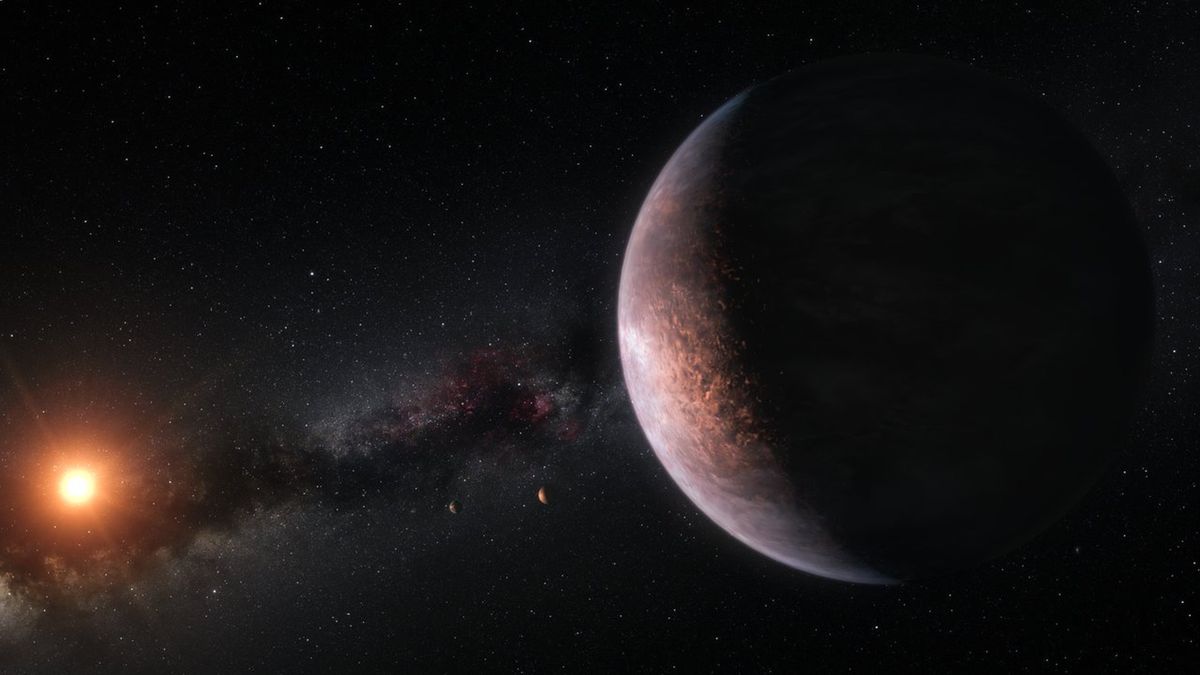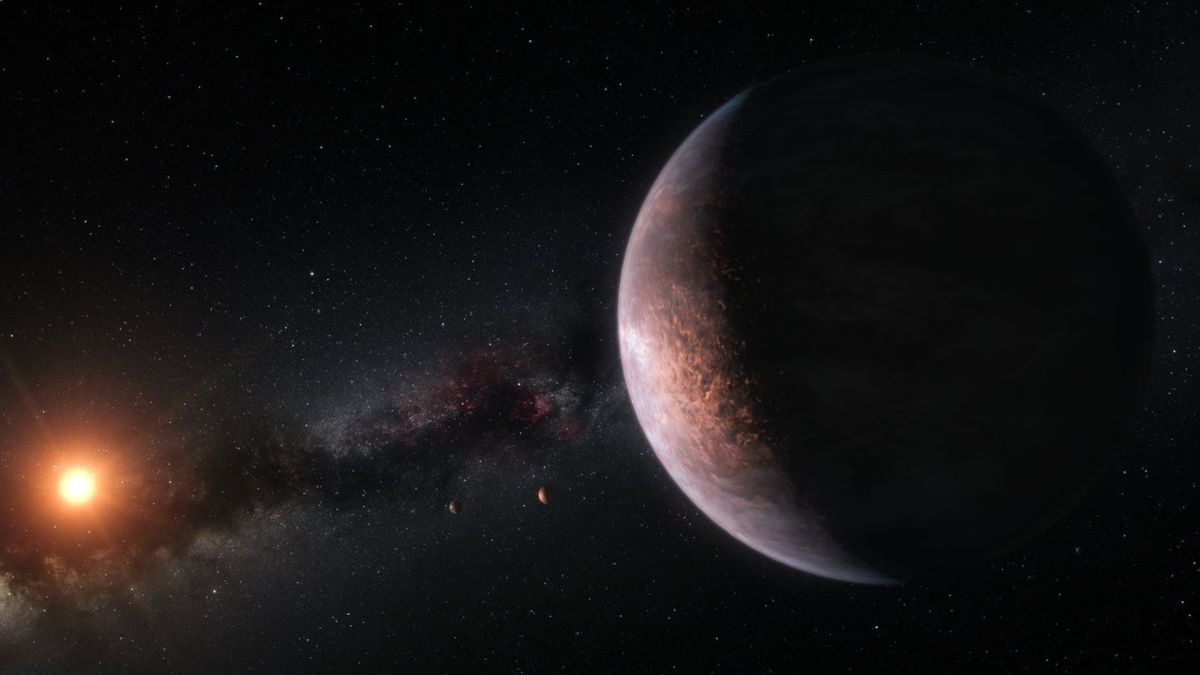
The search for alien life in the universe is no laughing matter. Until now.
The James Webb Space Telescope (JWST) should be looking for nitrous oxide (N2O) — more commonly known as laughing gas — in astronomers’ search for biosignatures in the atmospheres of exoplanets, according to new research.
“There’s been a lot of thought put into oxygen and methane as biosignatures,” said lead author Eddie Schwieterman of the University of California, Riverside, in a statement (opens in new tab). “Fewer researchers have seriously considered nitrous oxide, but we think that may be a mistake.”
Related: NASA has a life-detecting instrument ready to fly to Europa or Enceladus
On Earth, nitrous oxide is a natural waste by-product of life. Microorganisms take nitrogen compounds and break them down into nitrates, releasing metabolic energy in the process. Anyone who owns fish will know about this — it is the reason fish tanks have to be cleaned regularly in order to remove the excess nitrates that build up over time.
In some circumstances, however, there are particular bacteria that quite like nitrates, and further break them down metabolically to produce nitrous oxide. So, an abundance of nitrous oxide in a planetary atmosphere would be a strong biosignature, particularly since it produces absorption lines at near- and mid-infrared wavelengths detectable by JWST.
Schwieterman and his team modelled how much nitrous oxide would have to be present in the atmosphere of one of the planets in the TRAPPIST-1 system, 39 light-years away, for JWST to detect it. They found that amounts of nitrous oxide similar to the levels of carbon dioxide and methane in Earth’s atmosphere would be detectable.
However, at first glance it would seem that there’s a problem. Earth, with all its life, does not produce as much nitrous oxide as it does carbon dioxide and methane. So what gives?
RELATED STORIES:
“This … doesn’t account for periods in Earth’s history where ocean conditions would have allowed for much greater biological release of N2O,” said Schwieterman. He is referring to periods during the Proterozoic Eon, which lasted from 2.5 billion years ago to 540 million years ago. The Proterozoic Eon ranges from the the time when Earth’s atmosphere became oxygenated to the first appearance of complex life. “Conditions in those periods might mirror where an exoplanet is today,” Schwieterman added.
Furthermore, planetary systems such as that of TRAPPIST-1 that orbit a cool, dim M-dwarf star have an advantage because M-dwarfs don’t release the copious radiation that the Sun does which can break down nitrous oxide molecules.
There are physical processes that can also produce nitrous oxide, such as lightning sparking chemical reactions with molecules in the atmosphere. However, lightning also creates nitrogen dioxide, so the presence of both nitrous oxide and nitrogen dioxide in similar abundances in an exoplanet’s atmosphere would be a dead giveaway that a planet is stormy, rather than inhabited.
The research was published on Oct. 4 in The Astrophysical Journal (opens in new tab).
Follow Keith Cooper on Twitter @21stCenturySETI (opens in new tab). Follow us on Twitter @Spacedotcom (opens in new tab) and on Facebook (opens in new tab).



